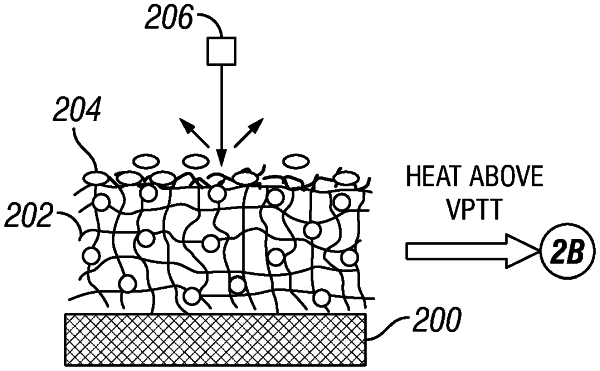| CPC A61L 31/048 (2013.01) [A61B 5/1473 (2013.01); A61B 5/14532 (2013.01); A61L 31/10 (2013.01); A61L 31/145 (2013.01); C08F 220/56 (2013.01); C08L 33/26 (2013.01); C08L 2203/02 (2013.01)] | 7 Claims |

|
6. An implantable medical device comprising a double network thermoresponsive hydrogel membrane comprising a first network and a second network, wherein the membrane is self-cleaning, wherein the membrane is a cylinder comprising a diameter measuring about 1.5 mm and length measuring about 5 mm, and wherein the membrane comprises:
N-isopropylacrylamide (NIPAAm) present in the first network and the second network,
an electrostatic monomer of 2-acrylamido-2-methylpropane sulfonic acid (AMPS) present in the first network such that the ratio of AMPS:NIPAAm is about 25:75 to about 75:25 wt. %, and
N-vinylpyrrolidone (NVP) present in the second network in an amount between about 1 to about 2 wt. % based on weight of the NIPAAm, wherein the presence of NVP in the second network increases a volume phase transition temperature (VPTT) of the overall membrane to about 38° C.,
wherein cyclic temperature fluctuations of the membrane around the VPTT cause cyclic deswelling and swelling of the membrane, wherein the cyclic temperature fluctuations are induced physiologically within a body.
|